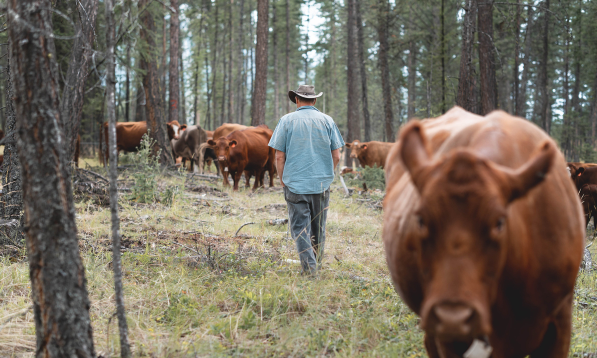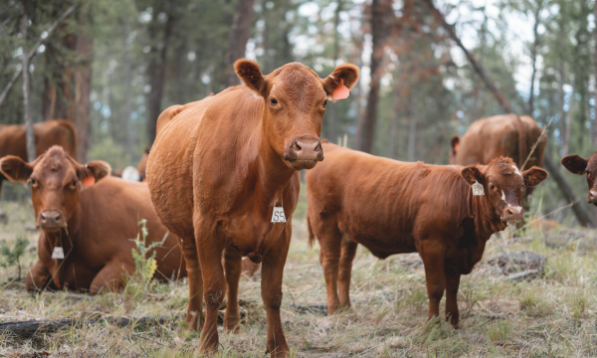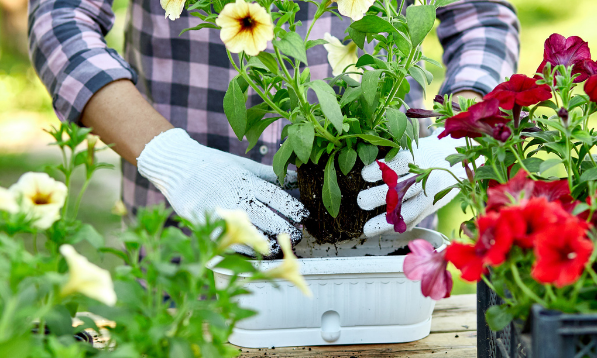
5 reasons to fill your home and garden with local plants
May 6, 2021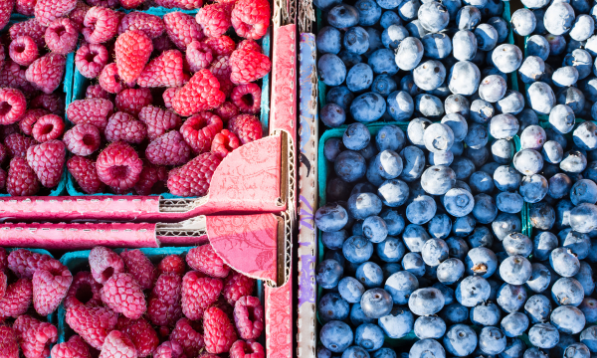
Guide: Making the most of B.C.’s berry season
July 6, 2021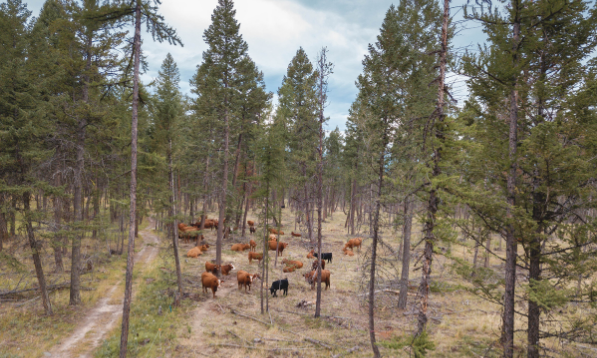
The summers of 2017 and 2018 brought devastating wildfires to British Columbia, burning millions of hectares and forcing thousands of people to evacuate their homes. While fires are a natural part of maintaining forest health, they can have negative impacts on air quality, human health and safety, and economic activity. With all his expertise in forest management, Mike Pritchard was approached to build a plan to fight fires in B.C.’s interior with some unlikely heroes: cows. Targeted grazing programs are showing how ranchers, firefighters and communities can work together to manage land around cities in an environmentally sustainable way. We talked to Mike about his bovine firefighters.
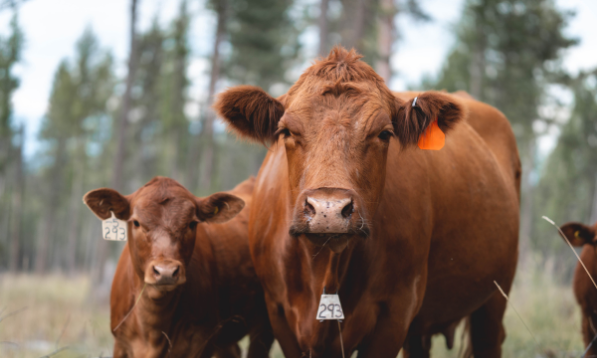
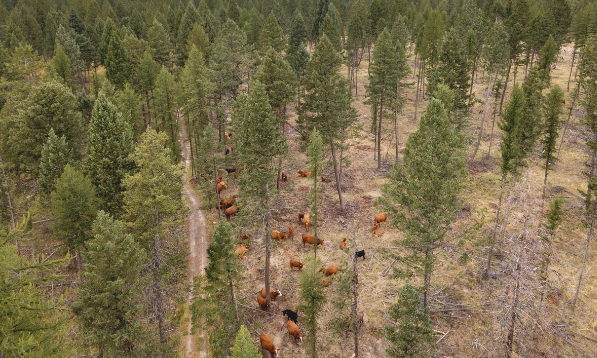
We Heart Local BC: Can you tell us about your background, and how you became an expert at fighting fires with the help of cattle?
Mike Pritchard: I actually worked for BC Wildfire for 26 years, and then I retired in 2019. When I was younger I was involved in the rodeo, and when I moved up to Vanderhoof in 1987 I started putting roots down and ranching cattle - it was just natural. Now I have 50 Charolais Angus mother cows, and I’m the Wildfire Prevention Coordinator for the BC Cattlemen's Association.
WHL: How is the history of ranching connected with the history of fires in B.C.?
MP: Part of why ranches came into the BC Interior was because grass grew there, and the grass grew because there were naturally fires in those ecosystems. The fire would open up treed areas, and then the cows would come in and graze on that grass and eat the brush. About once every seven years on average it would burn again, and the cattle would come back and graze. It’s really a natural cycle.
When we remove the cattle - and this has happened a lot in modern times in the South Okanagan -- we have this huge interface problem with building homes all over the place out there. The conifers (trees) have come back and that is why we can have these huge fires. On top of everything else, the pine beetle epidemic means that there is a lot of dead wood in some of our forests.
"Our project brings cattle to communities to do fenced, targeted grazing to manage fire risk by shortening the grass (and reducing the amount of fuel for fires)." - Mike Pritchard
WHL: What role can cattle play in helping to care for the environment and reduce wildfire risk?
When it is hot and dry, grass is actually the most volatile fuel type we have. It’s not the big fuel types like trees that are a safety issue - it’s grass fuel types, because the fire can move so quickly through them. If you can reduce the amount of fuel (grass), you can change the intensity of your fire and you can fight fires more effectively.
That’s where the cattle can help. Our project brings cattle to communities to do fenced, targeted grazing to manage fire risk by shortening the grass (and reducing the amount of fuel for fires). Cows graze the areas for just two to three weeks. Right now, we use temporary electric fences to keep the cattle in a desired area and then it can be removed easily.
We’re also working with Telus on an LTE-based collar system where no physical fences are needed. Ranchers can set up a ‘virtual fence’ using GPS coordinates. When the cattle get close to the ‘fence’ the collar uses signals (e.g. a sound) to let them know they shouldn’t be there, and encourage them to turn around and stay within the perimeter. This year the collars are going on cattle in Cranbrook. It’s really cool!
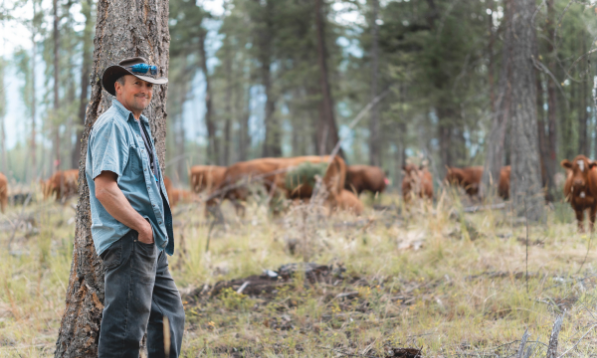
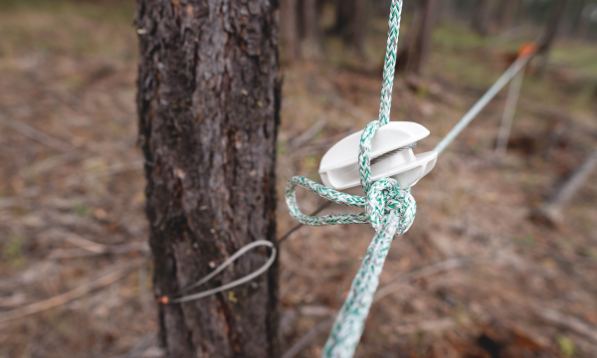
WHL: Can you tell us about your targeted grazing pilot projects?
We have three on the go. I’ll start with the one that is on the southern perimeter of Cranbrook. We have two ranches and about 200 head of cattle there (one of the ranchers is Jordy Thibeault who is pictured with his cattle). We also have two researchers out there working with us that do all of our plot data. Our objective in Cranbrook was to see if we could reduce fire intensity adjacent to houses and we had very positive results.
Our second project is in Peachland-Summerland where we’re focusing on maintaining positive relations with First Nations there and experimenting with grazing cattle 400 metres away from the houses (to protect the houses from sparks), leaving the rest of the terrain for elk and deer. And our third project is in Southeast Kelowna. We’re working with the city to try to protect that community so that they can enjoy parkland for horseback riding, dog walking and other sports while reducing the risk of fires.
WHL: What are your hopes for the future of the projects?
We want to keep it going. We’re learning all the time and there’s a lot of interest. The ranches we’ve had involved so far have been really progressive and they know it’s a good thing for the cattle industry to do going forward. Ranches were impacted significantly by the fires in 2017-2018 with burnt fences and cattle losses, and they want to help keep communities and the environment safe.
Did you know? Cattle aren’t just handy mowers and firefighters. The B.C. beef industry actually contributes $600 million annually to our provincial economy. Other firefighting strategies - like airtanker missions - cost $218 million annually.
To learn more about how B.C.’s farmers are benefiting the environment in innovative ways, check out our interview archives or join us on Facebook and Instagram. This interview has been edited and condensed.
